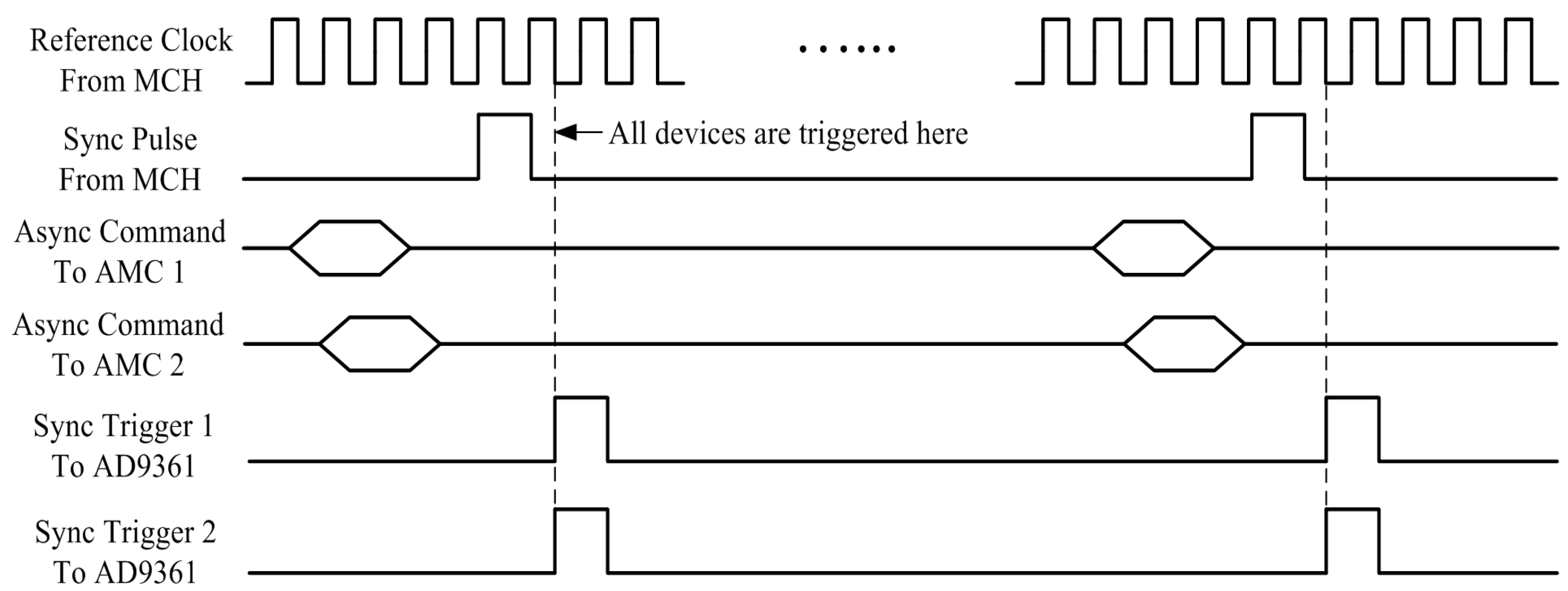Dsp Trigger Serial Number
Contents • • • • • • • • • • • • • • • • • • • • • • History [ ] Prior to the general availability of the CPUID instruction, programmers would write esoteric which exploited minor differences in CPU behavior in order to determine the processor make and model. Outside the x86 family, developers are mostly still required to use esoteric processes (involving instruction timing or CPU fault triggers) to determine the variations in CPU design that are present. In the Motorola 680x0 family -- that never had a CPUID instruction of any kind -- certain specific instructions required elevated privileges. These could be used to tell various CPU family members apart.
Subtitle indonesia film thir13en ghosts. • In the the instruction MOVE from SR became privileged. • This notable instruction (and state machine) change allowed the 68010 to meet the. Because the 68000 offered an unprivileged MOVE from SR the 2 different CPUs could be told apart by a CPU error condition being triggered. While the CPUID instruction is specific to the x86 architecture, other architectures (like ARM) often provide on-chip registers which can be read in prescribed ways to obtain the same sorts of information provided by the x86 CPUID instruction. Calling CPUID [ ] The CPUID opcode is 0Fh, A2h (as two bytes, or A20Fh as a single word). In, the CPUID instruction takes no parameters as CPUID implicitly uses the EAX register to determine the main category of information returned.
In Intel's more recent terminology, this is called the CPUID leaf. CPUID should be called with EAX = 0 first, as this will store in the EAX register the highest EAX calling parameter (leaf) that the CPU implements. To obtain extended function information CPUID should be called with the most significant bit of EAX set. To determine the highest extended function calling parameter, call CPUID with EAX = 80000000h. CPUID leaves greater than 3 but less than 80000000 are accessible only when the have IA32_MISC_DisablE.BOOT_NT4 [bit 22] = 0 (which is so by default).

As the name suggests, did not boot properly unless this bit was set, but later versions of Windows do not need it, so basic leaves greater than 4 can be assumed visible on current Windows systems. As of July 2014, basic valid leaves go up to 14h, but the information returned by some leaves are not disclosed in publicly available documentation, i.e. They are 'reserved'. Some of the more recently added leaves also have sub-leaves, which are selected via the ECX register before calling CPUID. EAX=0: Highest Function Parameter and Manufacturer ID [ ] This returns the CPU's manufacturer ID string – a twelve-character string stored in EBX, EDX, ECX (in that order). The highest basic calling parameter (largest value that EAX can be set to before calling CPUID) is returned in EAX. Here is a list of processors and the highest function implemented.
.data s0:.asciz 'CPUID:%x n' s1:.asciz 'Largest basic function number implemented:%i n' s2:.asciz 'Vendor ID:%.12s n'.text.align 32.globl main main: pushq%rbp movq%rsp,%rbp subq $16,%rsp movl $1,%eax cpuid movq $s0,%rdi movl%eax,%esi xorl%eax,%eax call printf xorl%eax,%eax cpuid movl%ebx, 0 (%rsp ) movl%edx, 4 (%rsp ) movl%ecx, 8 (%rsp ) movq $s1,%rdi movl%eax,%esi xorl%eax,%eax call printf movq $s2,%rdi movq%rsp,%rsi xorl%eax,%eax call printf movq%rbp,%rsp popq%rbp // ret movl $1,%eax int $0x80 EAX=1: Processor Info and Feature Bits [ ]. This section needs expansion with: stuff returned in EBX, including the initial APIC id. You can help. ( July 2014) This returns the CPU's, model, and family information in register EAX (also called the signature of a CPU), feature flags in registers EDX and ECX, and additional feature info in register EBX. Processor Version Information EAX 31 30 29 28 27 26 25 24 23 22 21 20 19 18 17 16 15 14 13 12 11 10 9 8 7 6 5 4 3 2 1 0 Reserved Extended Family ID Extended Model ID Reserved Processor Type Family ID Model Stepping ID • Stepping ID is a product revision number assigned due to fixed or other changes. • The actual processor model is derived from the Model, Extended Model ID and Family ID fields. If the Family ID field is either 6 or 15, the model is equal to the sum of the Extended Model ID field shifted left by 4 bits and the Model field.
Conversion trigger timing in DSP mode. It’s clear that the number loaded is arbi-trary and, depending upon the speed of the DSP, may not. DSP serial port setup.
Otherwise, the model is equal to the value of the Model field. • The actual processor family is derived from the Family ID and Extended Family ID fields. Easeus disk copy technician edition 231. If the Family ID field is not equal to 15, the family is equal to the sum of the Extended Family ID and the Family ID fields. Otherwise, the family is equal to value of the Family ID field. • The meaning of the Processor Type field is given by the table below.
Processor Type Type Encoding in Original Processor 00 01 Dual processor (not applicable to Intel486 processors) 10 Reserved value 11 Additional Information Bits EBX Valid 7:0 Brand Index 15:8 CLFLUSH line size (Value. 8 = cache line size in bytes) if CLFLUSH feature flag is set. CPUID.01.EDX.CLFSH [bit 19]= 1 23:16 Maximum number of addressable IDs for logical processors in this physical package; The nearest power-of-2 integer that is not smaller than this value is the number of unique initial APIC IDs reserved for addressing different logical processors in a physical package. Former use: Number of logical processors per physical processor; two for the Pentium 4 processor with Hyper-Threading Technology. If feature flag is set.
